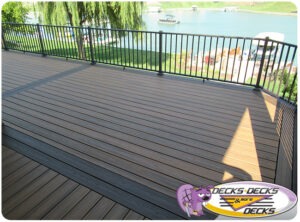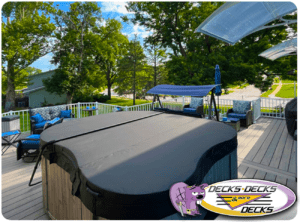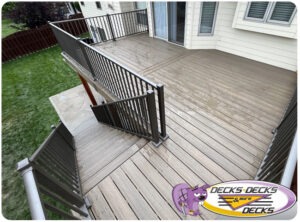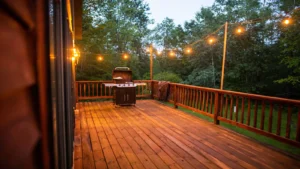Decks and Neighborhood Aesthetics: Matching HOA Requirements Without Losing Personality
Homeowners’ associations (HOAs) are there to keep neighborhoods looking cohesive, clean, and safe—but let’s be honest: they can also feel like the creativity police. The good news? You can still design a deck that reflects your personality without stepping on your HOA’s toes.
Let’s break down how to navigate those pesky guidelines while still building a deck that feels like home.
1. Start With a Deep Dive Into Your HOA’s Rules
Before you sketch a single design idea, crack open your HOA handbook. Most associations have specific requirements related to:
- Deck materials (wood vs. composite)
- Approved colors or stains
- Railing styles and heights
- Placement and size of the deck
- Privacy screen restrictions
- Lighting, landscaping, and even outdoor furniture
It might feel like a buzzkill, but understanding the rules early can save you from a costly redesign—or worse, a teardown.
2. Look Around: What’s the Neighborhood Vibe?
Take a walk through your neighborhood. What do the decks actually look like? Are most of them stained a certain color? Are there popular railing styles or layouts?
Your HOA wants consistency, not carbon copies. So if most homes lean toward natural tones and simple railings, you can find subtle ways to match that energy—without blending into the background.
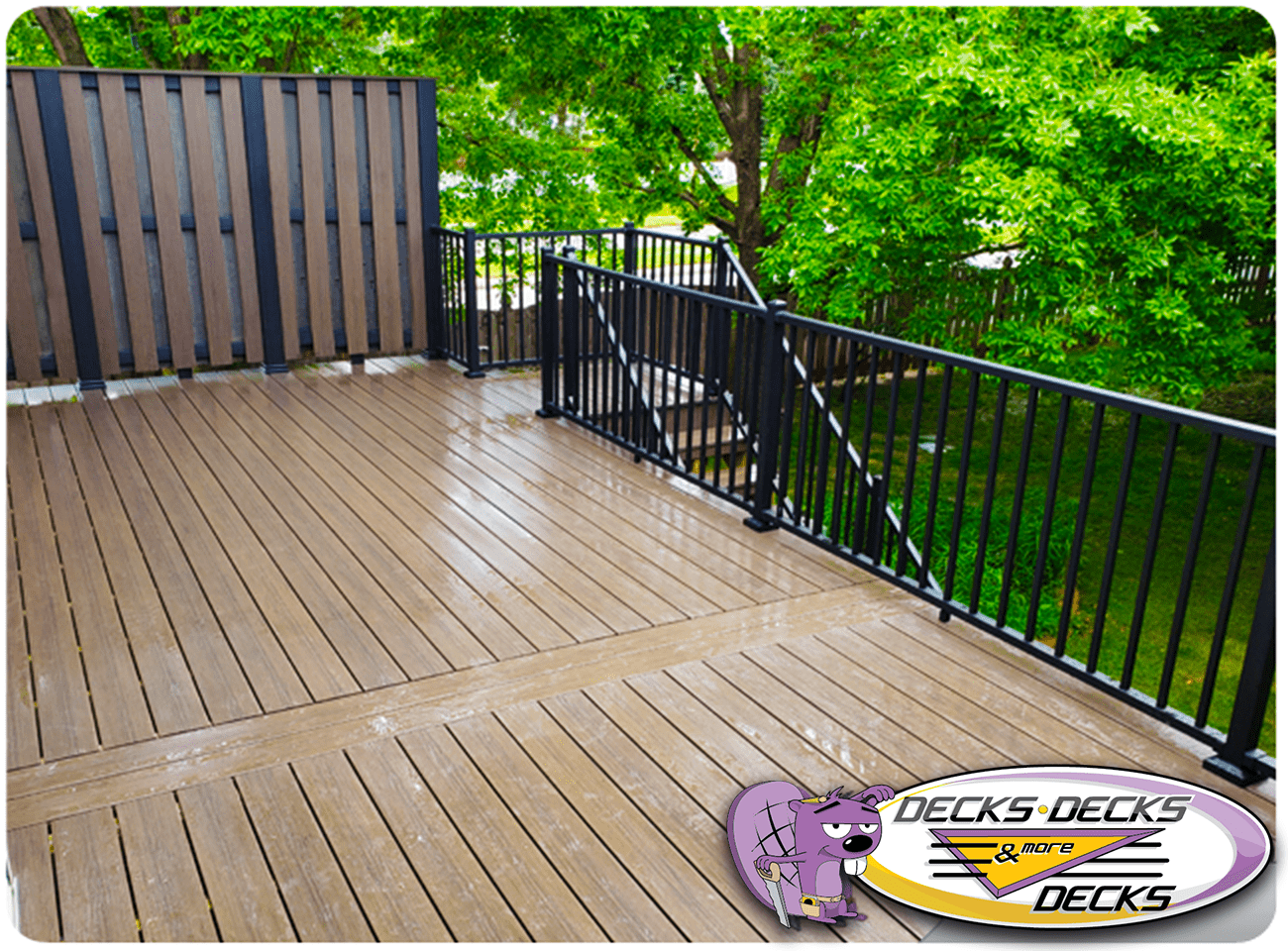
3. Get Creative Within the Boundaries
Here’s the fun part: once you know the rules, you can bend them (creatively).
Try these compliant-but-personal ideas:
- Railing swaps: If metal is approved, choose a unique pattern like horizontal cable or decorative aluminum panels.
- Decking layout: Use a chevron or picture-frame pattern with boards for visual interest.
- Color: Stay within the approved palette, but choose a tone that complements your home’s trim or garden.
- Privacy screens: If lattice is allowed, frame it with planters or climbing vines.
- Furniture & accessories: Your HOA might regulate structural elements, but they rarely have a say in what sits on your deck—use that to your advantage.
4. Submit Your Design With Style
Most HOAs require you to submit plans for approval. Make your submission easier to approve by including:
- A professionally drawn sketch or digital rendering
- A short explanation of how your design fits the community guidelines
- Material samples or links to products
- Notes about landscaping or lighting, if applicable
The more you show that you’ve done your homework, the faster your plan gets that green light.
5. Ask for Exceptions (Yes, It’s Possible)
Don’t be afraid to politely ask for a variance if you have a unique design idea that’s just outside the rules. Especially if your plan maintains the overall look and feel of the neighborhood, you might find the board more flexible than you think.
6. Use Landscaping to Add Character
Even if you’re limited on color or materials, you can create a personal touch through plants, outdoor rugs, or integrated flower beds around the deck. Bonus: greenery softens the look of composite decking and adds a peaceful vibe.
Final Thoughts: Rules Don’t Kill Style—Lack of Imagination Does
You don’t have to settle for a boring deck just because you have an HOA. In fact, working within constraints often brings out the most creative solutions. With the right approach, you can build a deck that checks every compliance box and becomes your favorite spot in the house.
So yes—you can keep the neighbors happy and still have a deck that feels uniquely yours.
 free estimates: (402) 690-1050
free estimates: (402) 690-1050

